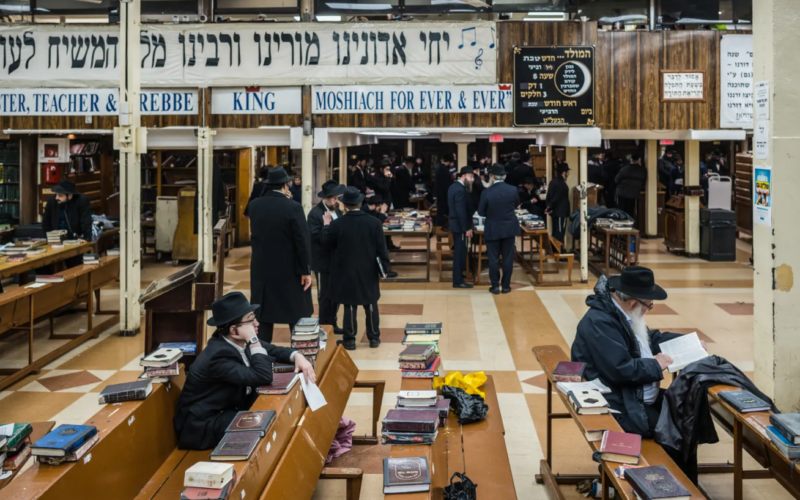In a surprising turn of events, a New York synagogue became the center of controversy as several Jewish worshippers found themselves under arrest while attempting to prevent the filling-in of a recently discovered secret tunnel. The incident has sparked debates surrounding heritage preservation, religious freedom, and the delicate balance between security measures and the sanctity of sacred spaces.
The discovery of the secret tunnel beneath the synagogue has added an unexpected layer of historical significance to the religious site. As authorities moved to address potential security concerns by filling in the tunnel, a group of Jewish worshippers felt compelled to intervene, arguing that the tunnel held cultural and historical value that warranted preservation.
The arrest of worshippers at the synagogue shines a spotlight on the complexities inherent in balancing security measures with the preservation of historical and religious artifacts. The incident underscores the challenges faced by religious communities when they perceive a threat to their sacred spaces and cultural heritage, leading to impassioned efforts to protect and preserve these significant sites.
The synagogue, at the center of this unfolding controversy, holds deep cultural and historical importance for the Jewish community. The discovery of a secret tunnel beneath its grounds added a layer of intrigue and significance to the site, prompting a group of worshippers to take a stand against the decision to fill it in without due consideration for its potential historical value.
The clash between worshippers and authorities raises questions about the proper procedures for addressing such discoveries. Balancing security imperatives with the preservation of cultural heritage demands a thoughtful and inclusive approach that takes into account the sentiments and concerns of the religious communities involved.
The incident also prompts a broader discussion about the protection of religious freedom and the right of communities to safeguard their sacred spaces. As the worshippers at the New York synagogue expressed their deep connection to the site and their desire to preserve its historical elements, the arrest raises questions about the extent to which authorities should involve and consult with affected communities in decisions that impact their religious and cultural spaces.
Additionally, the controversy highlights the challenges of communication and collaboration between religious communities and local authorities. Establishing open channels of dialogue could facilitate a more nuanced understanding of the significance of religious sites and the potential implications of security measures on these places of worship.
As the legal proceedings unfold, the New York synagogue incident underscores the importance of finding a delicate balance between security considerations and the preservation of cultural and historical heritage. The arrest of worshippers serves as a catalyst for discussions on how to navigate such situations in the future, emphasizing the need for proactive communication, collaboration, and a comprehensive approach that respects both security concerns and the sentiments of religious communities.
In conclusion, the arrest of Jewish worshippers at a New York synagogue, as they sought to prevent the filling of a recently discovered secret tunnel, has ignited a debate on the intersection of security measures, cultural preservation, and religious freedom. The incident highlights the challenges faced by religious communities in protecting their sacred spaces and calls for a thoughtful and inclusive approach that considers the historical significance of these sites. As legal proceedings unfold, the controversy prompts reflections on the delicate balance required to address security concerns while respecting the rich cultural and historical tapestry of religious spaces.








